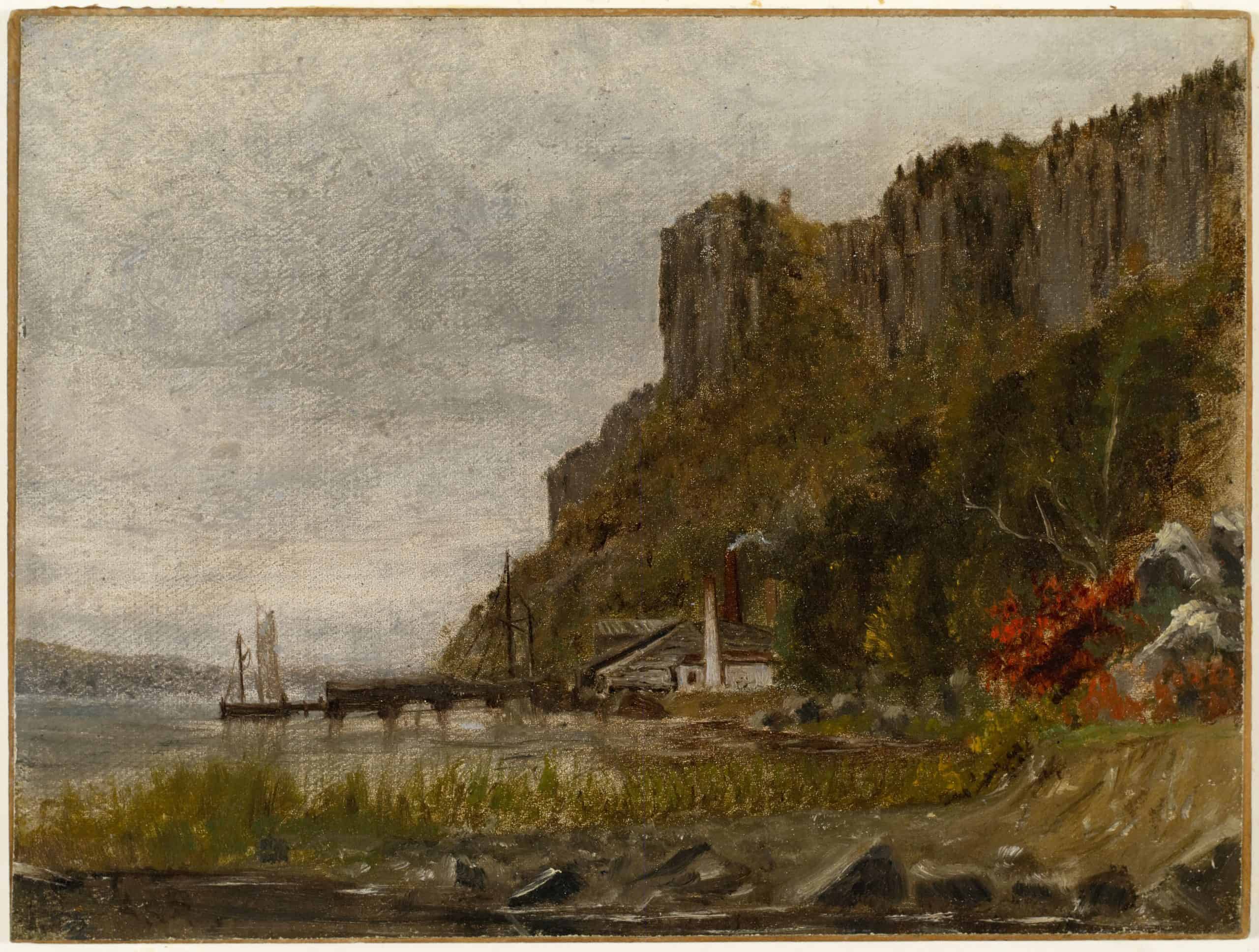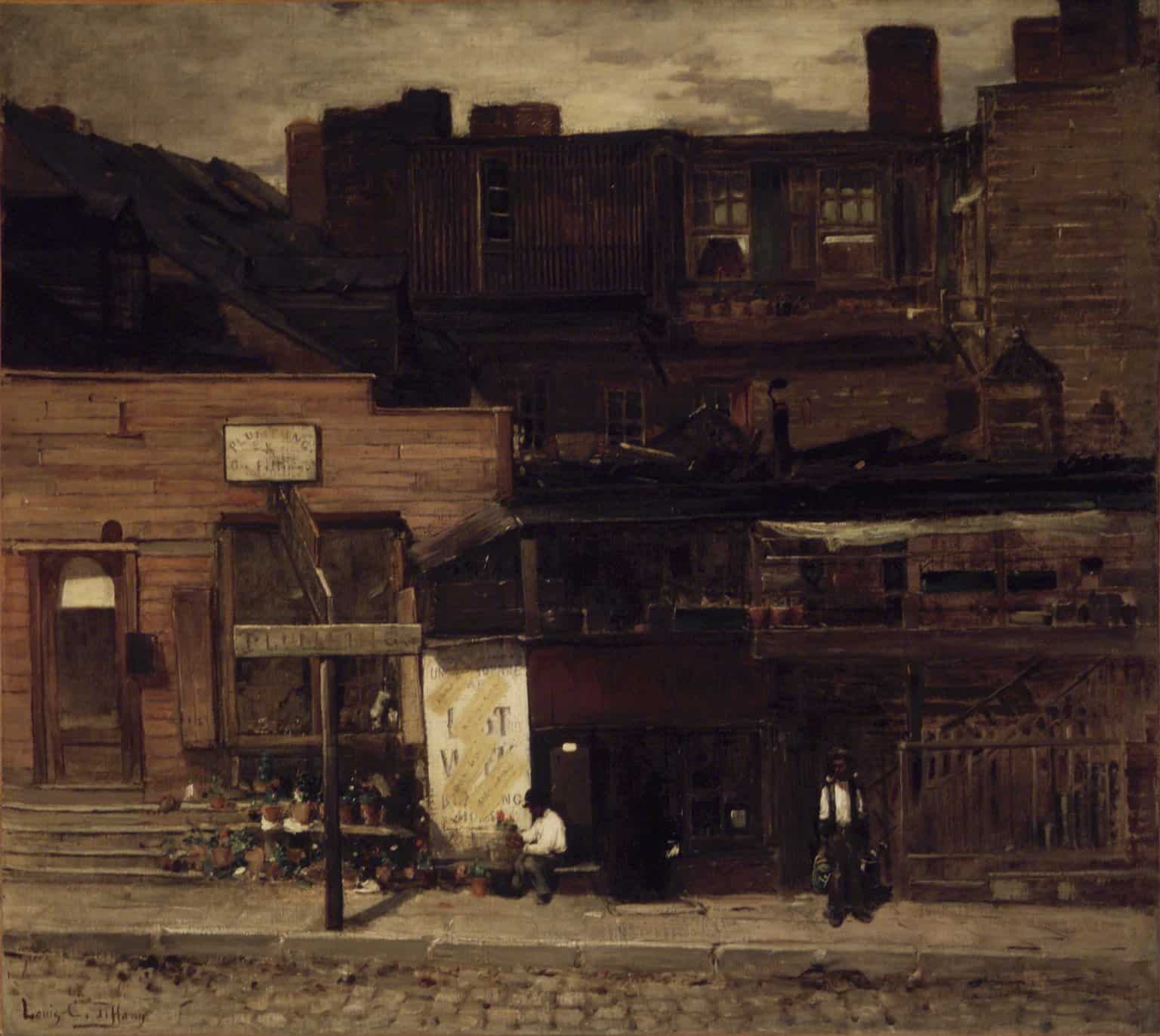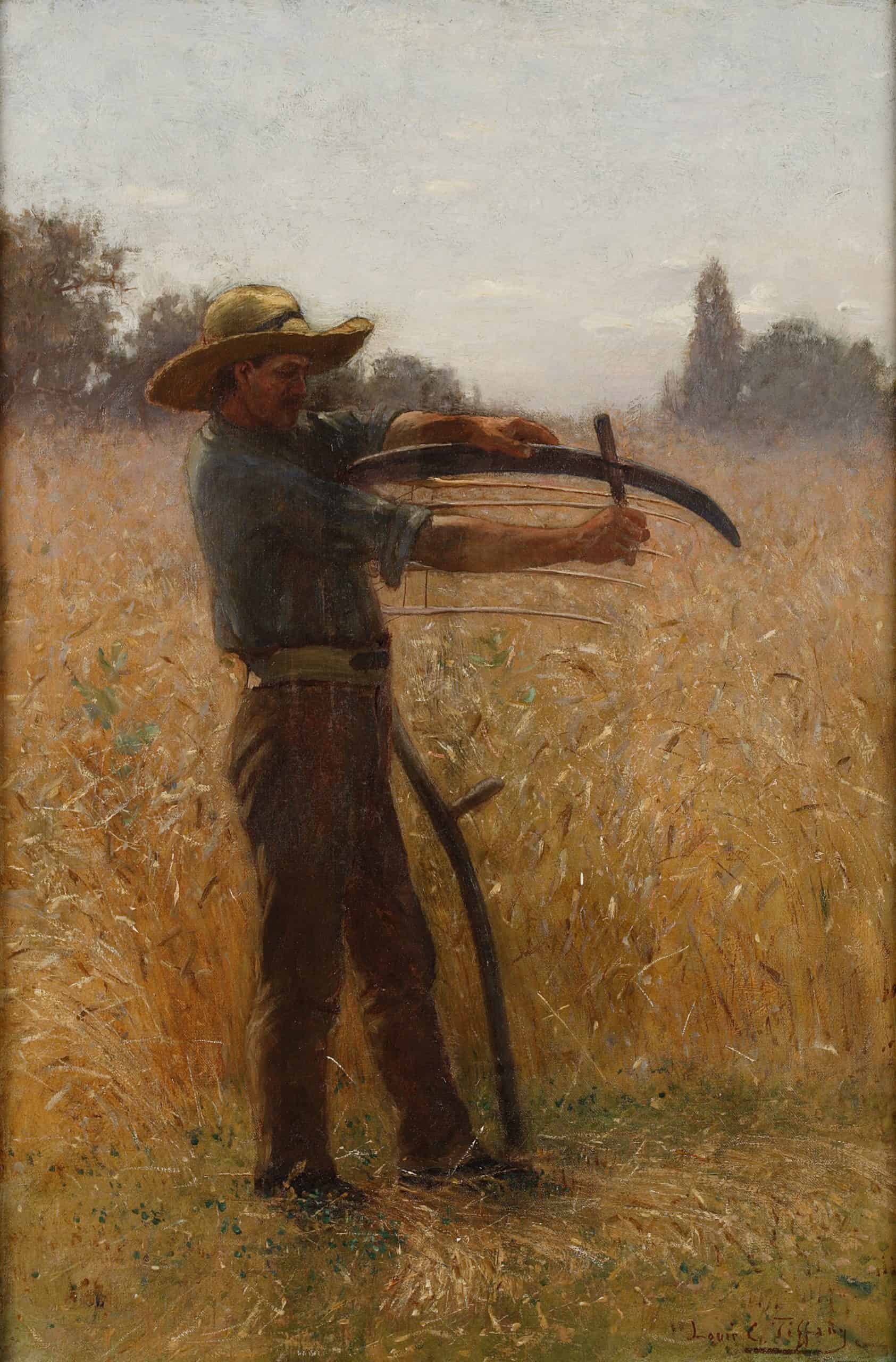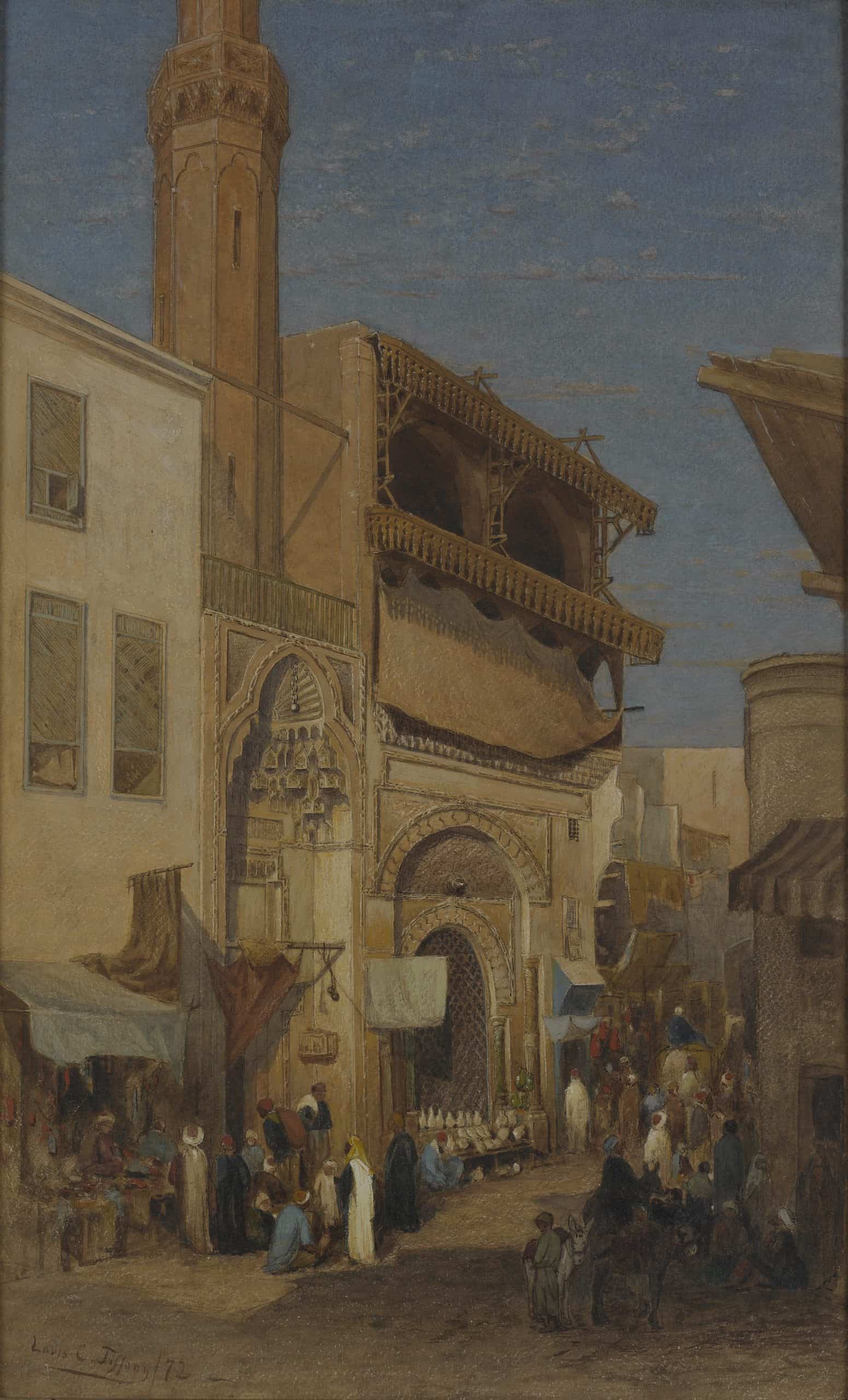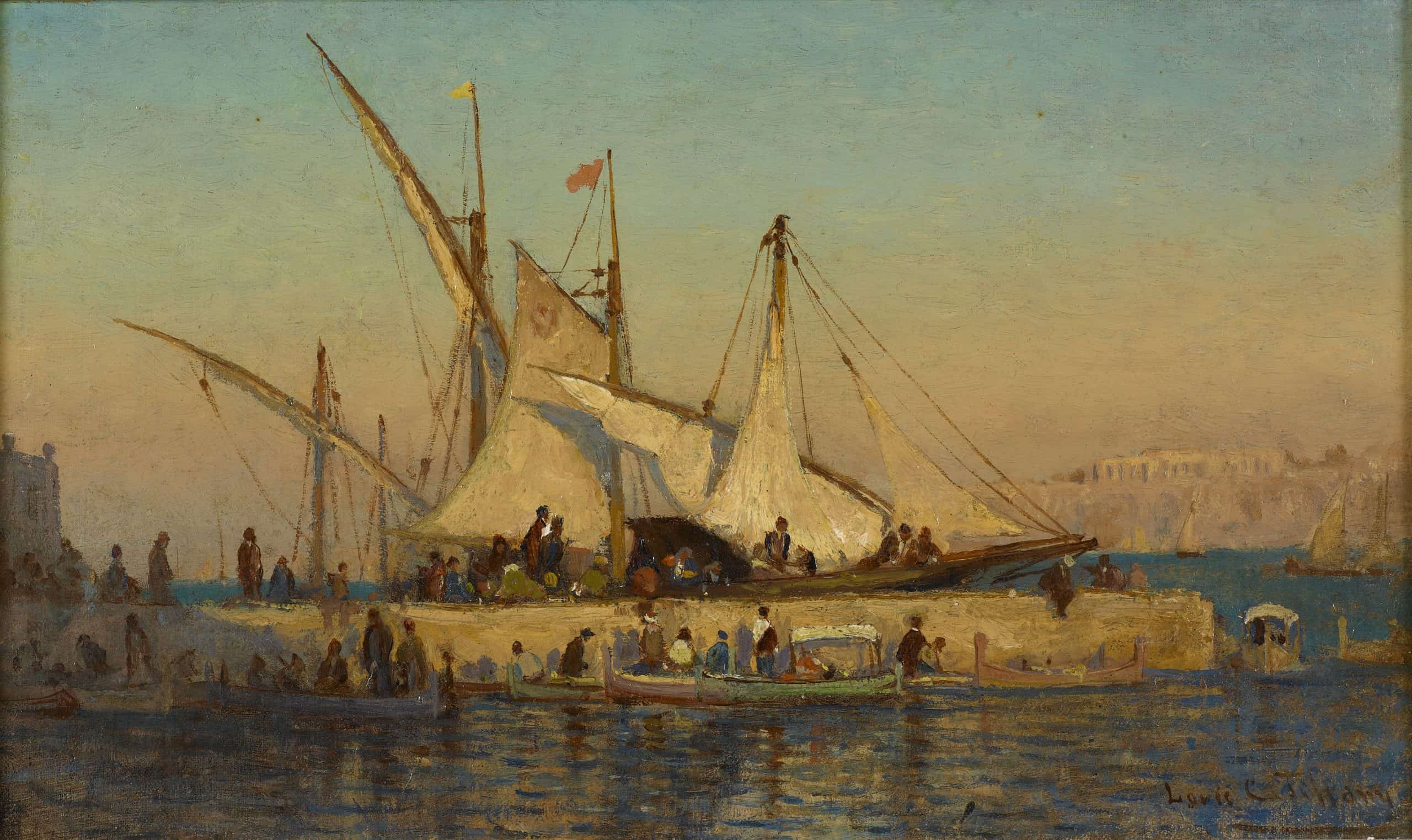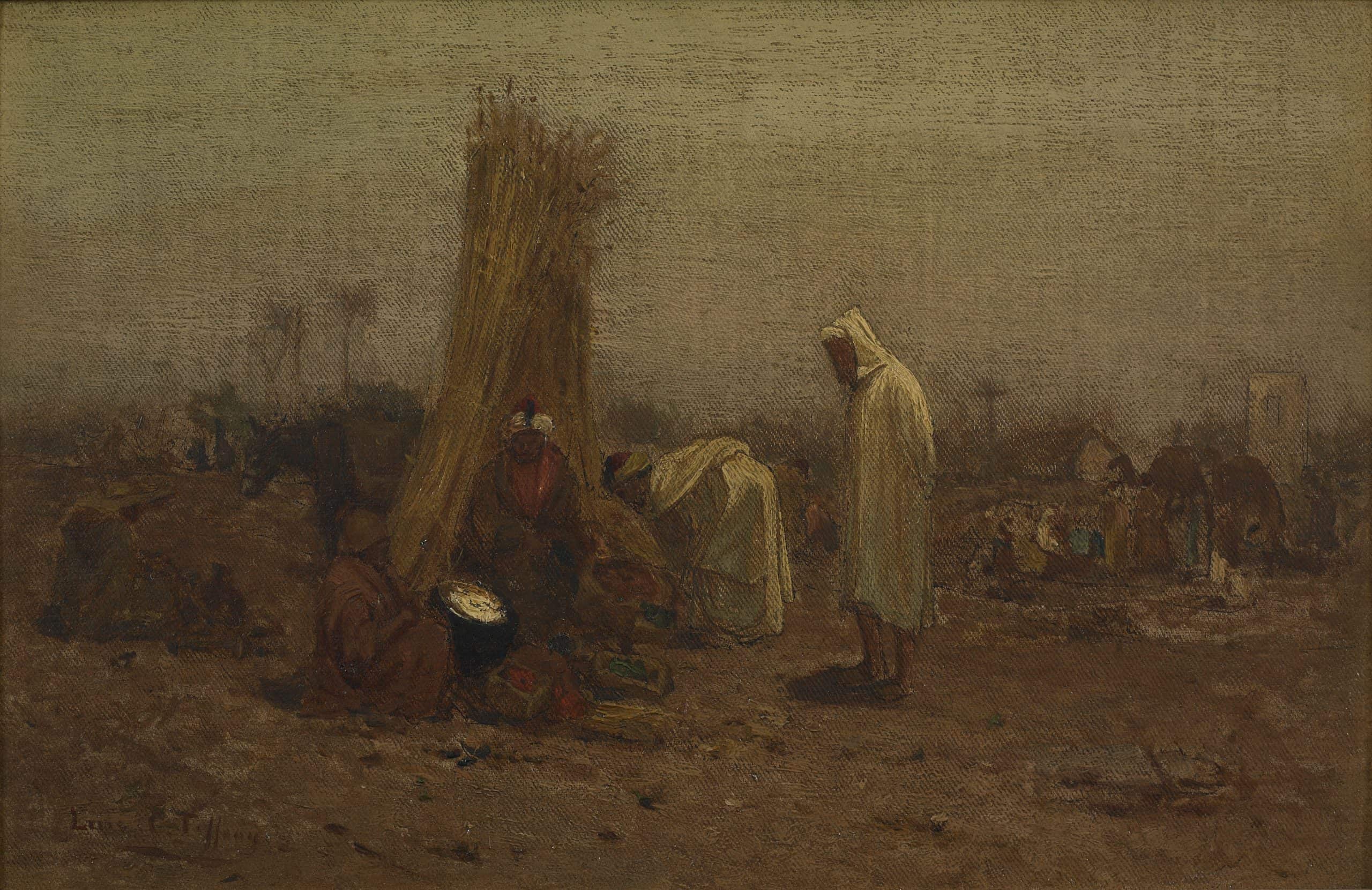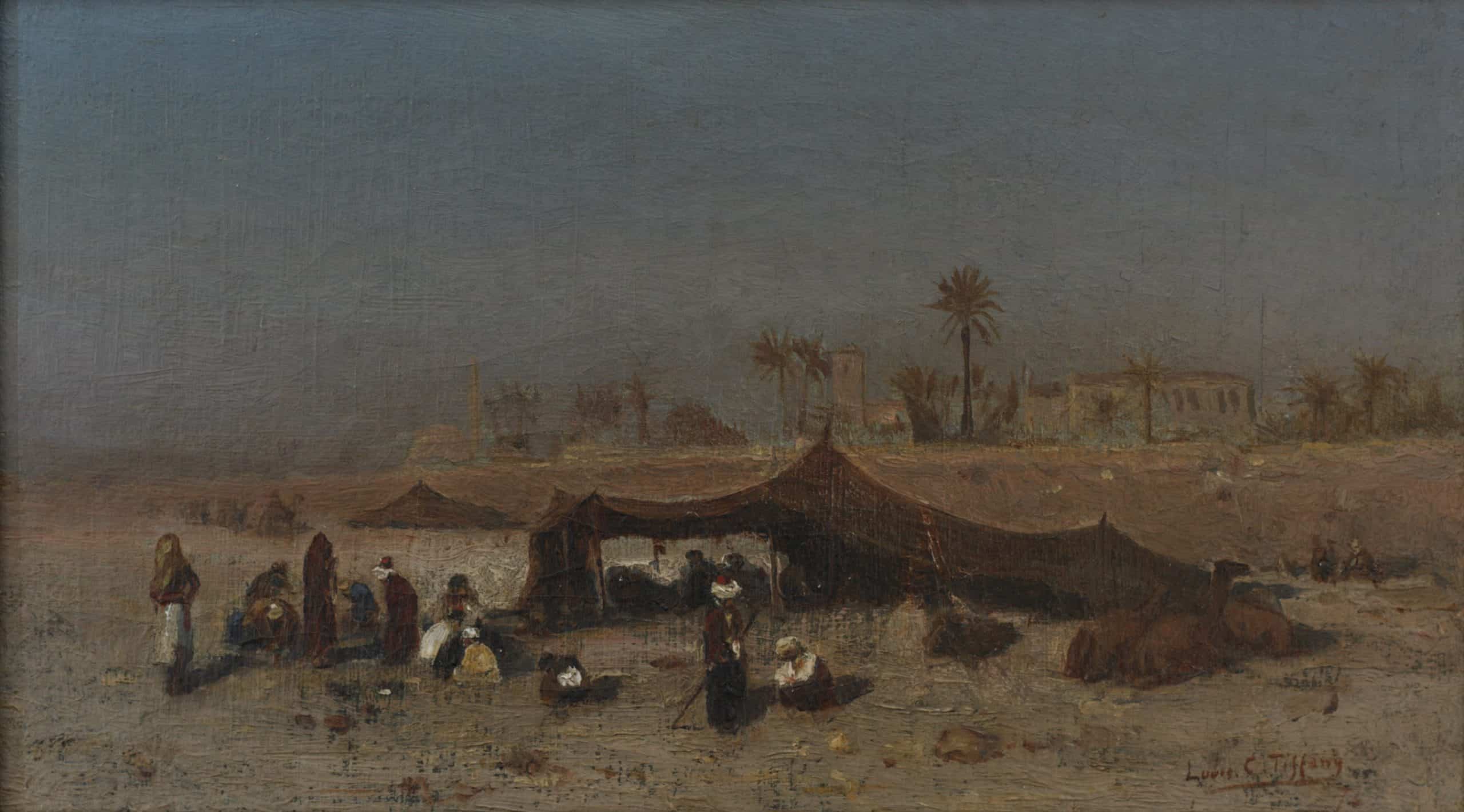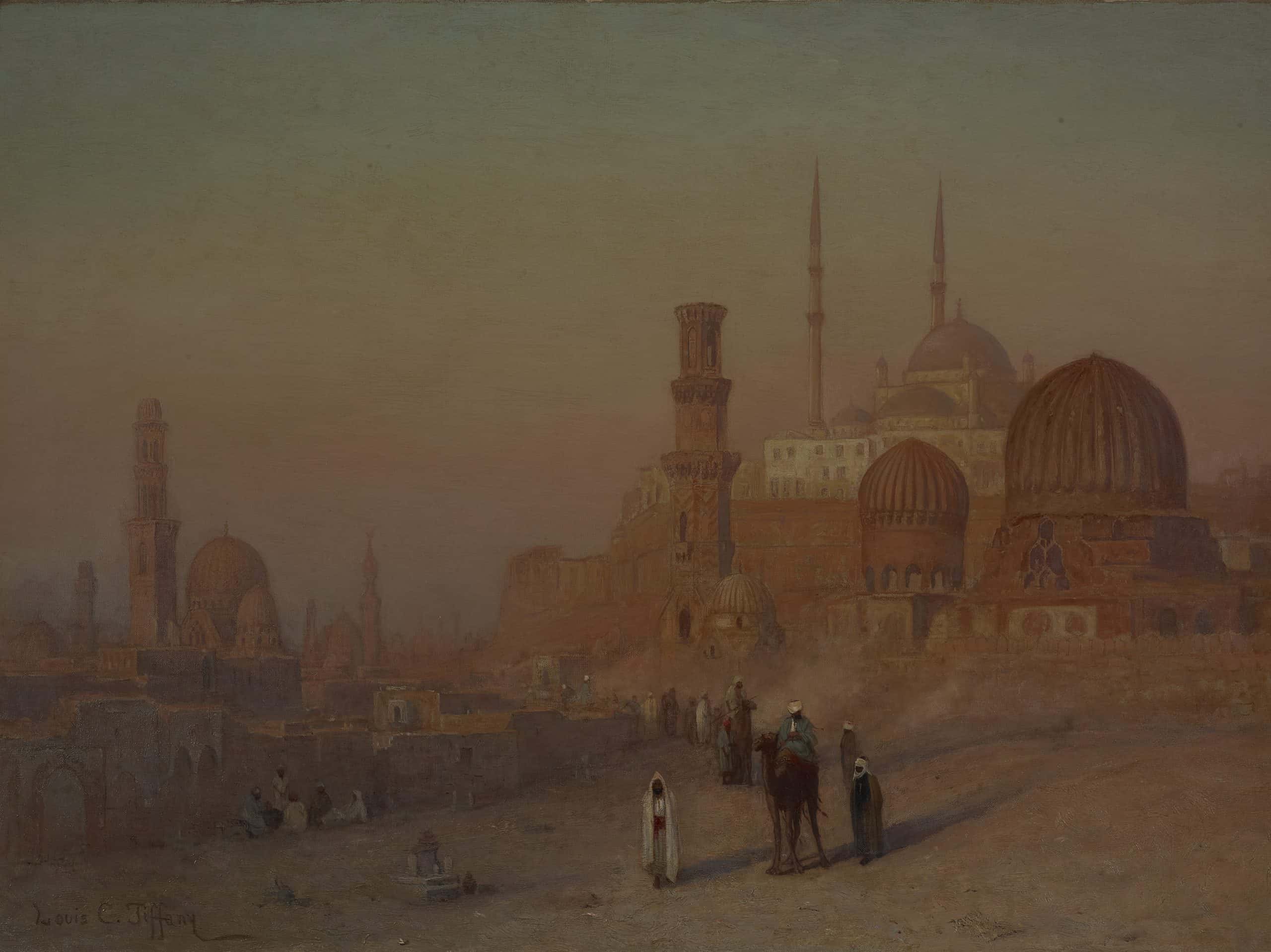By Roberta A. Mayer
Louis Comfort Tiffany is best known for his innovative decorative glass and his role as a fashionable Gilded Age tastemaker for wealthy clients like Helen Gould, but his career began and ended with painting. In fact, his paintings first established his reputation as an artist and he exhibited hundreds of his canvases and watercolors during his lifetime. Yet, Tiffany’s paintings have been far less studied than any other aspect of his artistic career, and they offer some surprising insights when viewed with a fresh perspective. The late scholar, Robert Koch referred to Tiffany as a “rebel in glass”, but his early paintings also displayed rebellious tendencies, wide-ranging interests, and artistic experimentation.
Tiffany’s father, Charles Lewis Tiffany, was the owner of Tiffany & Company, a specialty store with branches in New York City and Paris that was famous for its diamonds and luxury goods. The young Tiffany, therefore, was familiar with art as a mercantile enterprise. He also had early training in the fine arts, both formal and informal, with successful American painters who had studied in France. Samuel Colman, Jr., was among the most important of his early mentors, and they likely met in 1864 when they became summertime neighbors in Irvington-on-Hudson, New York. That fall Tiffany moved to Eagleswood Military Academy at Perth Amboy, NJ, where he met George Inness and probably had his first encounter with James Steele MacKaye (who had grown up with Winslow Homer). Then, in 1866, after his first Grand Tour of Europe, Tiffany took drawing classes with Colman at the Antique School of National Academy of Design in New York.
Tiffany developed many of his ideas during the 1870s when his dedication to painting was most ambitious. His American subjects included the well-trod Adirondack mountains of upstate New York, along with the more unusual scenes of industry along the Hudson River, the slums of New York City, and the mixed-race fishing community of Seabright (now Sea Bright), NJ. His foreign subjects were drawn from his extensive travels and included the Mediterranean coast, streets of Morocco and Algeria, the peasants of Brittany, and the open-air markets of Europe. He captured intimate interiors, as well as complex architectural scenes. Some of Tiffany’s paintings reflect his experiences of real places, while others were imaginative pastiches inspired by photographs. Later, he did portraits of his family members which sometimes ended up in large allegorical murals. Flowers, still-life compositions, and occasionally farm animals also captivated his interest. Around 1900, as Tiffany was nearing age 50, his exhibition paintings began to include idealized nudes that were similar to some of his designs for windows.
Right from the start, Tiffany’s work attracted attention, both positive and negative. He was often praised as a colorist but then criticized for careless handling of paint, his curious choice of subjects, and his confusing proportions. As noted in a catalog entry for Fruit Vendor Under the Sea Wall at Nassau, N.P., Tiffany’s “unfortunate” subject was the economic recovery of a black community in the aftermath of the American Civil War. In choosing this subject, Tiffany applied the lessons of French realism and modern European genre painting to an American subject, and some reviewers found this pretentious, especially when the artist was only in his early 20s.
It is impossible to say how Tiffany’s painting career would have evolved had he not pursued artistic decorating. Once he became an artist-entrepreneur, the sale of paintings was no longer his core business, but his training and experimentation transitioned naturally to ideas for leaded-glass windows and textile designs. Moreover, his identity as a painter remained an important part of his persona throughout his life.
